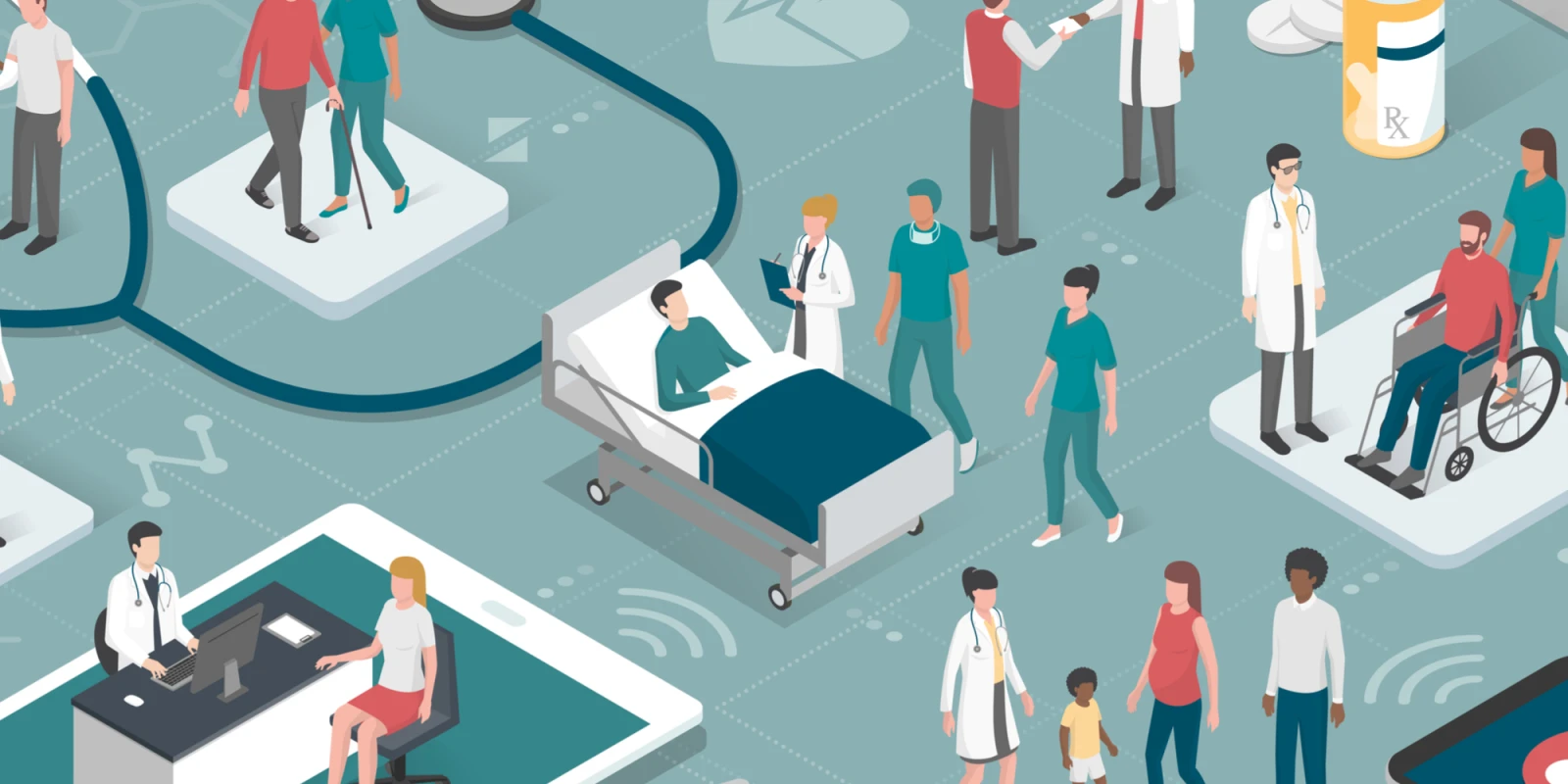
Medical and health entrepreneurship, the pursuit of opportunity with scarce resources with the goal of creating user-defined value through the deployment of biomedical and clinical innovation, is growing quickly. After many years of either ignoring opportunities or being sidelined, physician entrepreneurs are finally throwing their hats in the ring.
There are two basic categories of medical entrepreneurship: biomedical and clinical. There are significant differences in the innovation pathways for the two:
- Intellectual property protection is usually more important in biomedical entrepreneurship.
- Regulatory approval can be a long, expensive, and risky process for drugs and devices.
- Reimbursement and payment for biomedical innovations are often dependent on getting the appropriate codes and third-party payments at amounts high enough to generate a profit.
- Business models differ and are constantly changing.
- The amount of capital necessary to get a drug or device to market is frequently higher than health innovation by several orders of magnitude.
- The Food and Drug Administration (FDA) may not have jurisdiction over many health innovations (e.g., a digital health app that is not categorized as a medical device, but rather as something that provides information and education to users).
- Customers vary depending on whether you are deploying a biomedical or health product.
- Validating your business model using lean startup methodologies will vary and can be more challenging for biomedical innovators.
- Biomedical entrepreneurship often requires a different skill set than health entrepreneurship.
- Biomedical entrepreneurship is riskier.
Health or clinical entrepreneurs focus their activities on digital health, care delivery models, business or clinical processes, or policy. Furthermore, digital health can be further subdivided into segments:
- Remote sensing and wearables
- Telemedicine
- Data analytics and intelligence; predictive modeling
- Health and wellness behavior modification tools
- Bioinformatics tools (-omics)
- Medical social media
- Digitized health record platforms
- Patient-physician patient portals
- DIY diagnostics, compliance, and treatments
- Decision support systems
Unlike biomedical entrepreneurs who are trying to get drugs, devices, diagnostics, vaccines, and biologics to patients, digi-preneurs have to face the fact that:
- There is a difference between an industry and a market. Companies that provide products and services comprise the industry. Customers who use those products and services comprise the market. Both the digital health industry and digital health users are a complex combination of providers, payers, and industry partners.
- Like all investors, digital health investors are looking for the highest rate of return with the lowest amount of risk. Given the foggy legal, regulatory, and reimbursement atmosphere, it's too early to tell which dogs will eat the food. There have already been high-profile digital health failures, roll-ups, IPOs, and consolidations as the industry and markets have continued to mature.
- Most digital health technologies have not been clinically validated, nor are they required to do so. However, other regulatory agencies, like the Federal Trade Commission (FTC) and the Consumer Products Safety Commission, are wary about digital health product claims that are not supported by research.
- The FDA continues to offer periodic guidance documents and regulations that fail to clarify the uncertainty regarding what is a medical device and what is not.
- Given the multiple stakeholders in healthcare—payers, providers, patients, partners, etc.—it's hard to target any one customer. Viability depends upon several customers seeing the value of any given product or service.
- The industry is too new and there is too little research to know which customers/patients/stakeholders will adopt a product and why.
- Scale trumps innovation. The single most important characteristic of those companies that have received substantial follow-on investments are those that have scaled their customer rate rapidly (by at least 70 percent per year).
- Doctors don't have the information they need to appropriately prescribe any given digital health technology.
- Most doctors don't get paid to use digital health technologies—and they disrupt workflow. Further, there are nagging behavioral and emotional barriers to adoption on the part of both doctors and patients and their families.
- There are significant confidentiality, security, and data privacy issues still unresolved.
- Patent protection is not as important in digital health as it is in biopharma or medtech. Things move much more quickly, the product life cycles are much shorter, and time is of the essence when it comes to getting adoption and penetration in the patient/consumer or medical community.
- Business models are evolving on a regular basis, and are sensitive to the protean tastes of internet junkies.
- Digital health clusters consist of many of the same parts as biomedical and clinical clusters. However, because digital health is at the interface of information, communications, and sick care, there are other many other elements at play: e.g., cybersecurity, big data and analytics, blockchain, artificial intelligence, and other metaclusters.
- Investors in digital health are different from investors in biomedical technologies and industries.
- Drugs, devices, and digital health are converging; sometimes, there are significant overlaps in product development.
Here is a guided tour of the Denver-Boulder startup tech cluster.
What's in your asset map?
For these and other reasons, non-sick care entrepreneurs fail, despite previous track records of success in other consumer markets.
Here is the story about how many came together to create the Colorado digital health cluster.
Digital health is the new "New Thing." Like all new things, it is surrounded by hype and hope. Whether digital health can bend the cost-curve and help patients, or is just another tech bubble, remains to be seen. Digital health entrepreneurs need to do their due diligence with their eyes open and their wallets protected until they are convinced they can overcome the risks.
This article appeared previously at: https://www.innovationexcellence.com/blog/2018/11/16/how-is-digital-health-entrepreneurship-different/.







